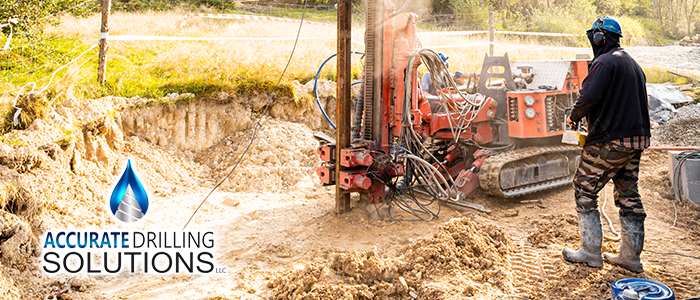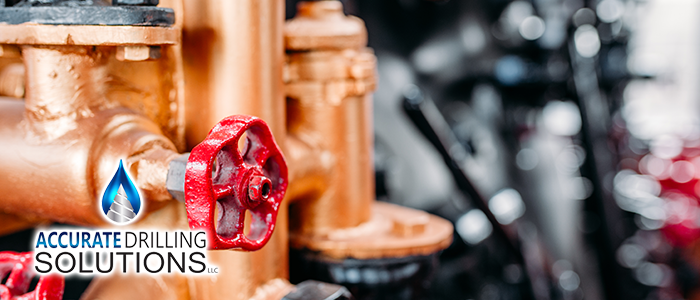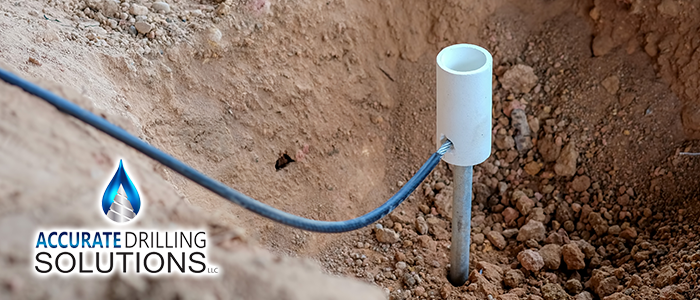
How Are Water Wells Drilled?
Every year the United States drills around half a million wells. Five hundred thousand water wells are a lot of digging. It has to be hard work, right? It sure is, and while every job site is different and has its own needs and specifics, some things tend to come up a lot. Even as we’re pulling in with our rig, people are mystified. In this article, we’ll teach you how these wells are drilled. We’re happy to explain how the process works in this article.
The Basics of Having a Well Drilled
Because we’re not in the age of shovels and rocks anymore, digging a well requires some pretty heavy equipment. Familiarity with the environment also goes a long way. There is important preparation work to do before any drilling takes place. First, you must obtain permits, and then you must clear the land. Well rigs are big! This means clearing plenty of space and knowing the right place to dig your well. Knowing where your neighbors have dug a well is also helpful.
Be sure the rig has access to the drilling site. There will need to be a lot of space around the rig to make room for equipment, vehicles, tools… And even the dirt and rock were removed from the borehole.
A dual rotary drill is the most common tool for drilling private wells. The drill consists of a 45-foot rig and a 40-foot support truck. The rig consists of a Derrick tower, which will reach 60 feet into the air. We’ll need to be sure to clear away trees and branches that can get in the way. Once you’re prepared, the drilling can begin!
Drilling the Well
On the day construction begins, the crew will arrive with the massive drill rig and support truck. The truck carries water necessary for the drilling process and tools that help the process along.
After moving the rig in place, the crew will level it off. This step is essential because the drill will dig straight down without any deviation. Next, we raise the tower and insert the first rod to start drilling. We drill wells in 20-foot increments, first through overburden (the mixture of dirt, rock, etc.) and then through the bedrock. This part can take a long time, depending on how deep this section is. You’ll see water spraying out of the hole during the drilling process. This is used to lubricate and cool the drill rod and is added from the support truck.
As the well is drilled, the casing is pushed into the borehole. The casing keeps the surrounding ground from interfering with your well and will extend above the ground to keep it safe. Once we hit bedrock, we proceed more carefully. Once we strike water, the pressure coming from the well increases significantly. After this point, your team will probably keep drilling for some distance to make sure your needs are met. However, it is possible to drill too far – So only work with qualified and licensed well drilling specialists.
The Last Steps
Once your well is drilled, cased, and has a good water supply, the crew will install the pumps and necessary piping. The pump supplies a pressure tank in your home with water and needs to be serviced regularly.
Does this process sound exciting? It certainly is! Once it’s all finished, you can enjoy free, private water cleaner than what you’re used to from the city.
continue reading
Related Posts
Haines City: New Year Well System Maintenance Guide The start
Pinellas Park Business Owner’s Guide to Pump Systems For business
Lake Wales: Residential Well Installation Explained For many homeowners in






